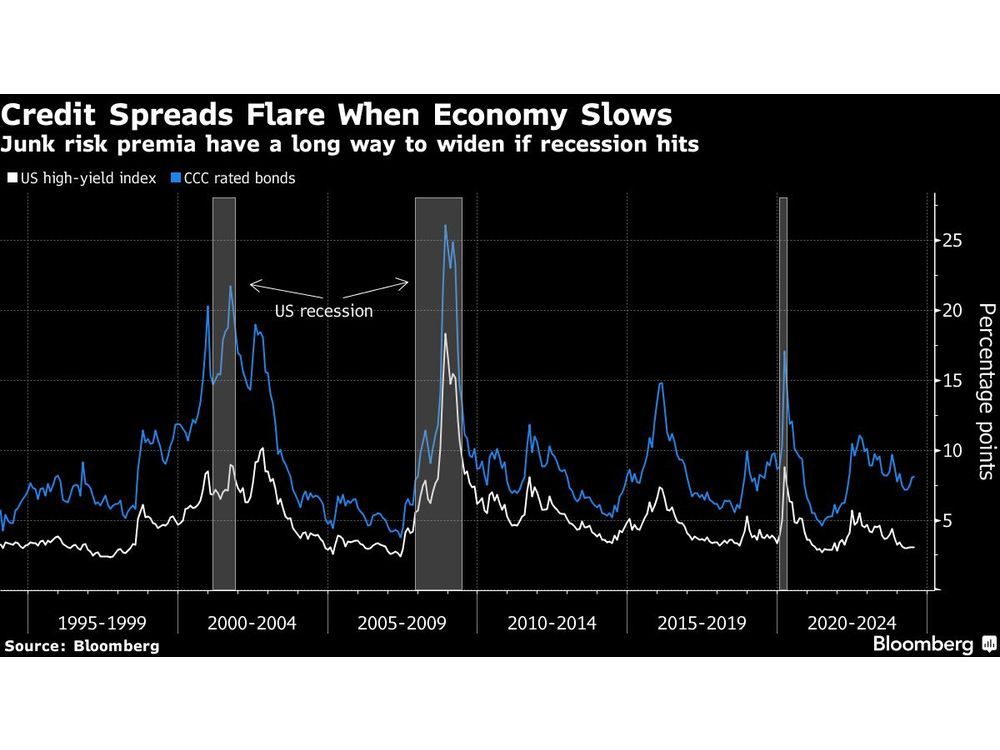Follow us on LinkedIn
Depreciation refers to the systematic allocation of the cost of a tangible asset over its estimated useful life. It is an accounting method used to recognize and distribute the expense of a resource over time. Depreciation helps match the asset’s cost with the revenue it generates and considers factors such as wear and tear, obsolescence, and age.
Companies can use several methods to calculate depreciation. However, it may require some adjustments due to various factors. The recalculated amount becomes revised depreciation.
What is Revised Depreciation?
Revised depreciation involves modifying the depreciation method, useful life, residual value, or other factors associated with calculating asset depreciation. The purpose of revised depreciation is to ensure that the recorded depreciation expense aligns more accurately with the current value and expected future usefulness of the asset. Sometimes, accounting terms may also refer to it as adjusted depreciation.
When circumstances surrounding an asset change significantly, such as changes in usage patterns, market conditions, or technological advancements, it may be necessary to revise the initial depreciation calculations. By doing so, the company can provide more reliable financial reporting that reflects the asset’s true economic benefits over time. The actual amount depreciated on the income statement equals the revised depreciation.
How does Revised Depreciation work?
Revised depreciation works by modifying the initial depreciation calculations for an asset to better reflect its current value and expected future usefulness. The process involves assessing the need for revision based on significant changes in circumstances, such as market conditions or technology advancements. Companies gather relevant information to support this revision and review accounting policies to ensure compliance.
Then, the depreciation parameters, including the depreciation method, useful life, or residual value, get adjusted based on the assessment. The revised depreciation then gets implemented prospectively, starting from the revision date, and disclosed in the company’s financial statements. Ongoing monitoring ensures the continued accuracy and relevance of the revised depreciation. The objective is to provide more accurate financial reporting that matches the asset’s cost with its actual consumption over time.
What are the factors that impact Revised Depreciation?
Several factors may require companies to revise their depreciation calculation. Some of the primary ones include the following.
Technological advancements
Advances in technology can render an asset obsolete or reduce its useful life. If significant technological changes affect the asset’s value or usage, a revision of depreciation may become necessary.
Changes in market conditions
Shifts in market demand, competition, or industry trends can impact an asset’s value or expected future benefits. If market conditions change substantially, it may be necessary to revise the depreciation estimates.
Physical wear and tear
Over time, an asset may experience greater or lesser wear and tear than initially anticipated. If the actual wear and tear deviate significantly from the original estimates, a revision of depreciation may be appropriate to reflect the asset’s condition more accurately. Sometimes, companies may also impair the asset rather than change depreciation factors.
Changes in regulations or laws
Alterations in regulations or laws related to the asset, such as environmental standards or usage restrictions, may affect its useful life or value. Revised depreciation can help align the asset’s depreciation calculations with the updated regulatory requirements.
Conclusion
Depreciation is the allocation of an asset’s cost over its useful life. Companies use several factors and methods when calculating the amount. However, they may change these for revised depreciation. Essentially, it involves adjusting depreciation factors due to various reasons. Revised depreciation is essential to accurate financial reporting.
Further questions
What's your question? Ask it in the discussion forum
Have an answer to the questions below? Post it here or in the forum
Meta rolled back January 6-era restrictions on former President Donald Trump's social media accounts ahead of the Republican National Convention.



June saw 75 filings, up from 62 in May and above the pandemic-era peak of 74 in July 2020, according to S&P Global Market Intelligence.

Credit markets are breathing a sigh of relief after inflation data showed price pressures are cooling broadly, but a weakening economy poses fresh risks to corporate debt.